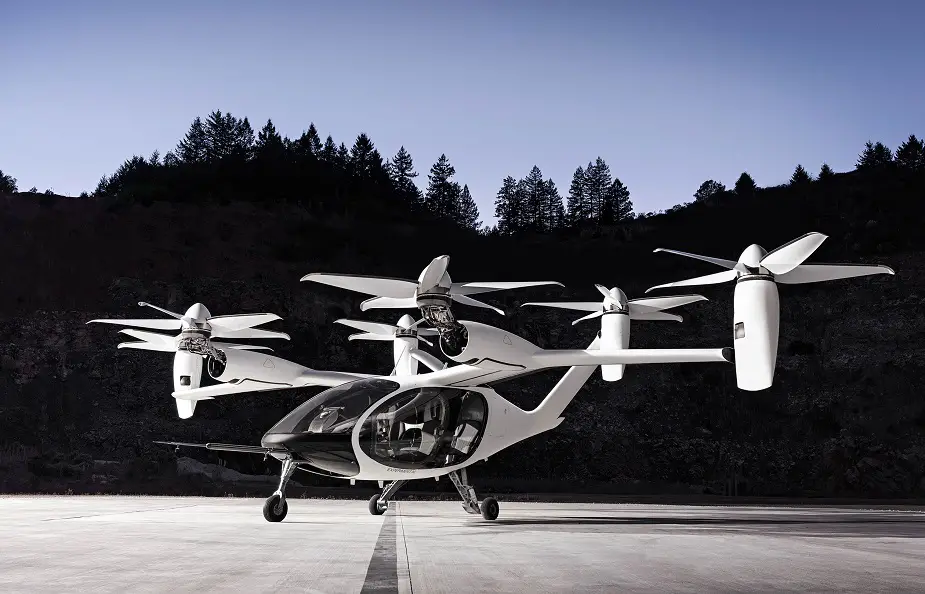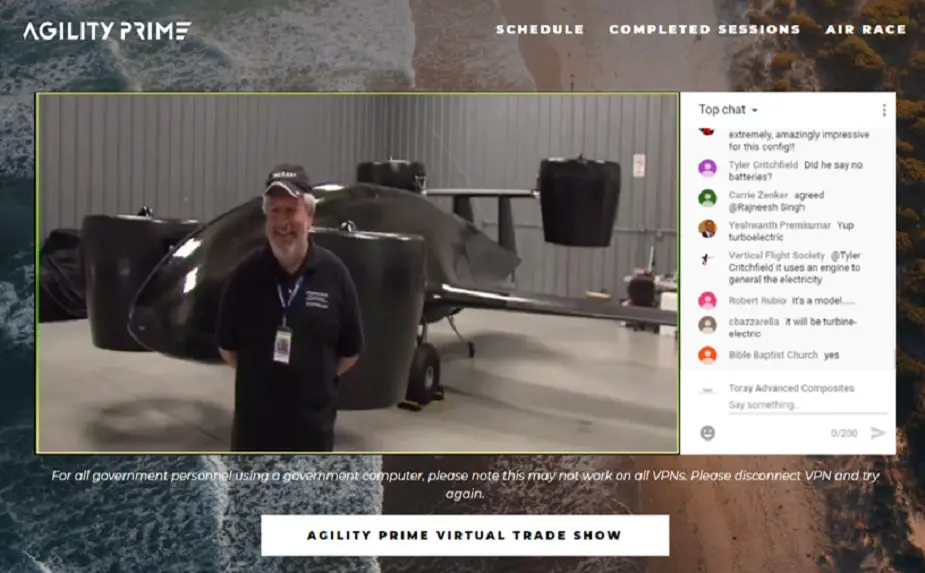Breaking news
Agility Prime kicks off.
Despite the COVID-19 pandemic, the Air Force and its partners pushed forward with the kickoff of Agility Prime this week. The objective of the week’s events was to reinforce the Air Force’s commitment in partnering with industry, investors and the interagency to help ensure there is a robust domestic capability in the aerospace sector.

The US Air Force is interested in nontraditional electric vertical-takeoff-and-landing technologies, like this Joby Aviation aircraft, that are being pioneered by commercial companies (Picture source; Joby Aviation)
“Despite COVID-19, we're still very optimistic about the future, specifically around flying cars and how they might help the military and the world produce better logistics, better medical support and better disaster relief,” said Dr. Will Roper, assistant secretary of the Air Force for acquisition, technology and logistics. “We really want to be engaged in this emerging market in a very different way.”
Working with industry partners will help turn what was once thought to be the impossible into a reality, benefiting both the military and civilian sector. The foreseen benefit being involved in the market of flying cars is the Air Force’s amassed experience in flying will help decrease the risk in testing and the amount of time to commercialize the product.
With a projection as early as 2023, Roper explained that Agility Prime is focused on the strong demand from the military mission on the emerging market and making it clear to investors, regulators and innovators in the tech space that the military wants to start purchasing these innovative vehicles for military missions as soon as they can.
There's an opportunity to find new uses of technology and explore new markets, said Col. Nathan Diller, Agility Prime team lead.
“Particularly in those public use cases where you might actually find a crisis like we're in right now,“ he said. “There’s a huge amount of utility in having vehicles like this and being able to do it in a way that energizes the industrial base in this new sector of our aeronautics while reducing the overall burden on the taxpayer.”
Although the Agility Prime kickoff was primarily focused on the development of innovative ideas, Roper sees the benefit being far greater in the future.
This new type of aircraft “represent[s] a truly transformative leap ahead in transportation,” he said. For the Air Force, small commercially produced aircraft can help with special operations missions, search and rescue, point-to-point logistics, and defense support to civil authorities missions.
 Sabrewing unveiled the prototype of its Rhaegal-A unamnned, heavy-lift VTOL aircraft. “The aircraft is designed to open new locations and deliver cargo where no fixed-wing or helicopter can go, and it’s also designed to land in locations where there is no pad or any other kind of structure,” said CEO Ed de Reyes, noting that the Rhaegal is also able to operate “where no battery, fuel cell or hydrogen tank can go currently”. (Picture source: Sabrewing Aircraft)
Sabrewing unveiled the prototype of its Rhaegal-A unamnned, heavy-lift VTOL aircraft. “The aircraft is designed to open new locations and deliver cargo where no fixed-wing or helicopter can go, and it’s also designed to land in locations where there is no pad or any other kind of structure,” said CEO Ed de Reyes, noting that the Rhaegal is also able to operate “where no battery, fuel cell or hydrogen tank can go currently”. (Picture source: Sabrewing Aircraft)
The first solicitation for the process calls for vehicles with the capability to carry three to eight people at speeds greater than 100 mph, at a range of more than 100 miles, and with an endurance of more than one hour. The service wants first full-scale flights by Dec. 17, with the goal of a small, operational fleet by 2023.
“I'm very passionate about finding a model where the government can work with commercial innovators in a way that maintains the dynamic innovation markets,” Roper said. “This will finally bring the full power of this nation, which is this commercial innovators and the stability of government together in a way that's beneficial.”



















